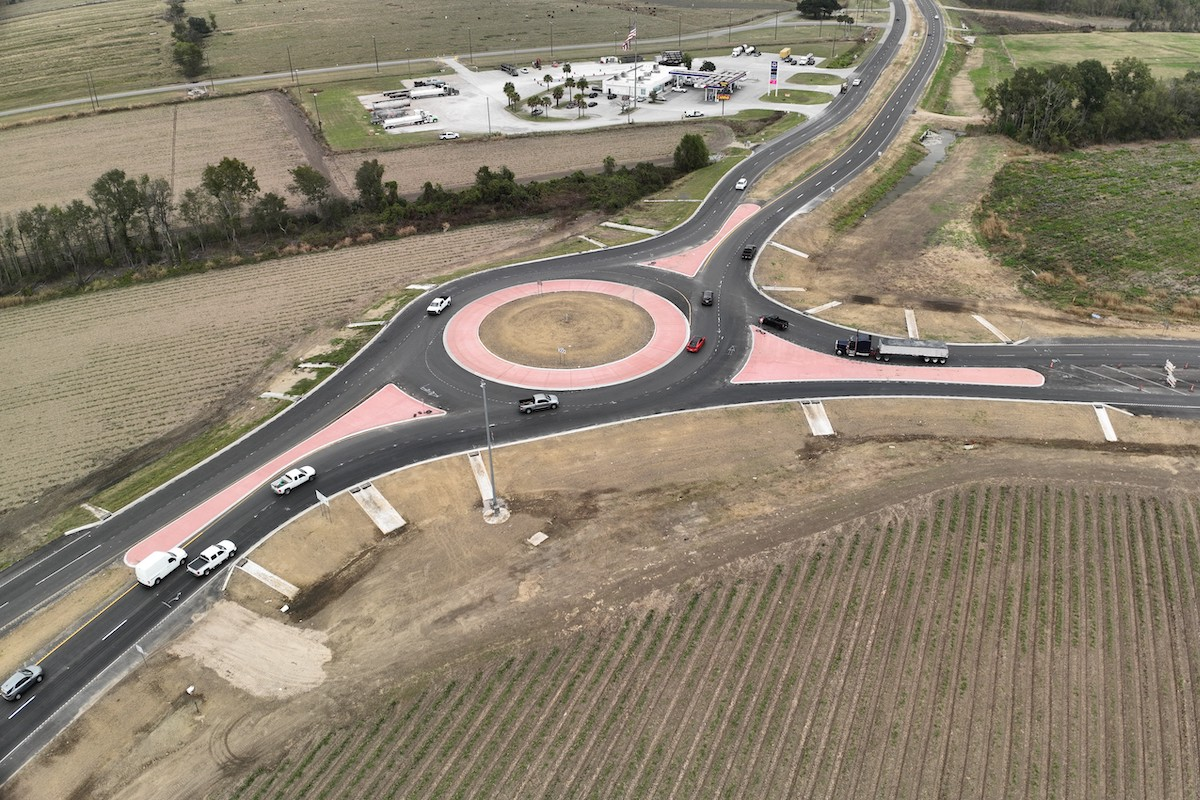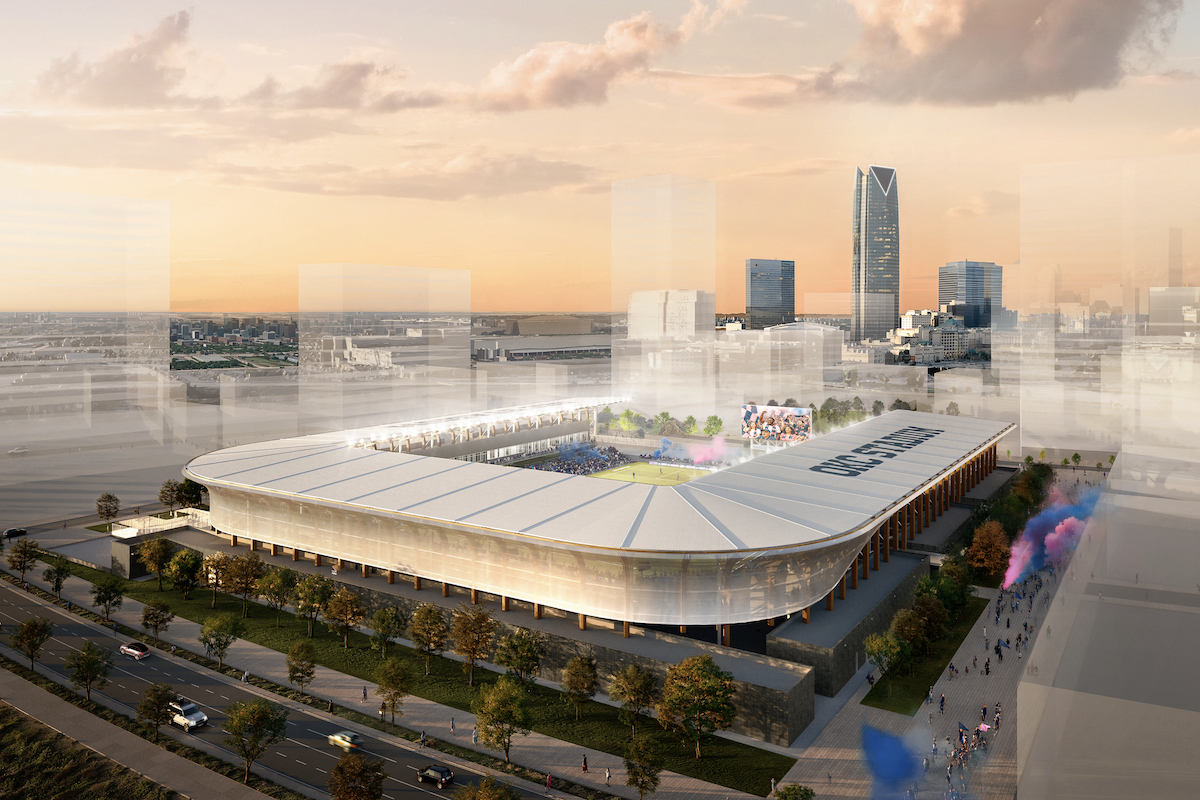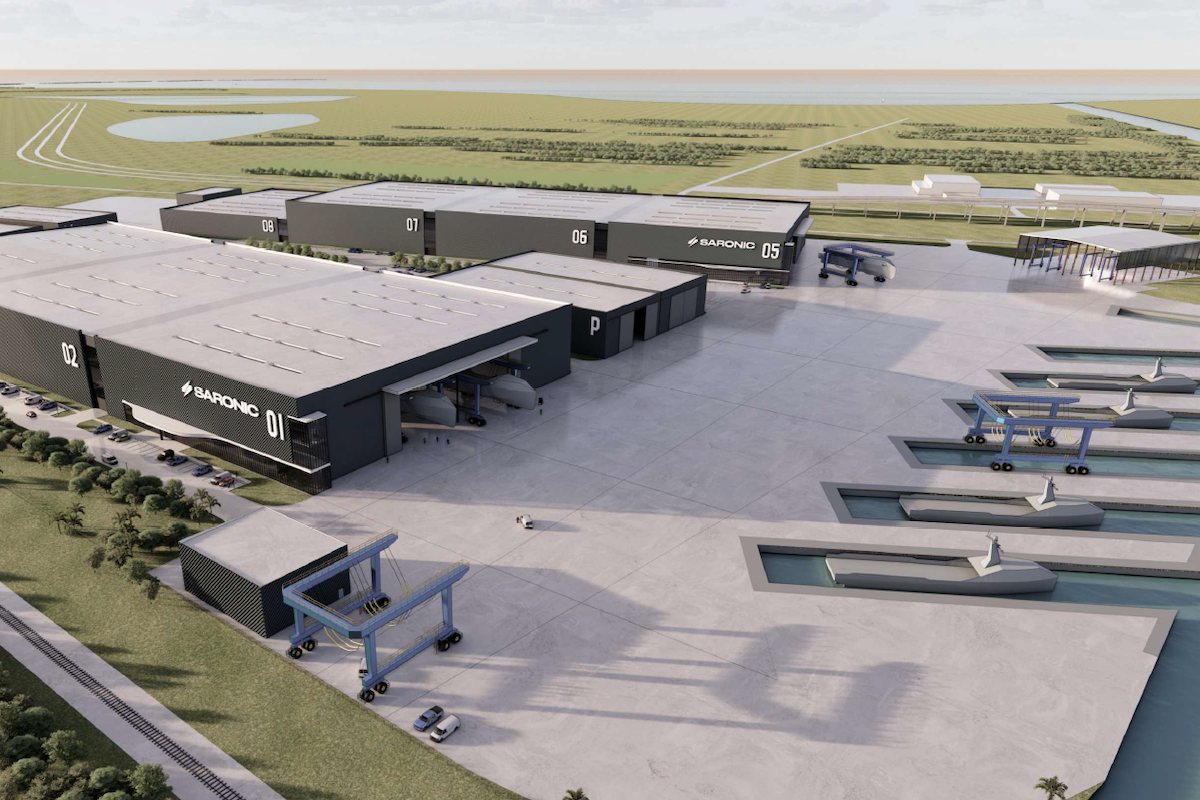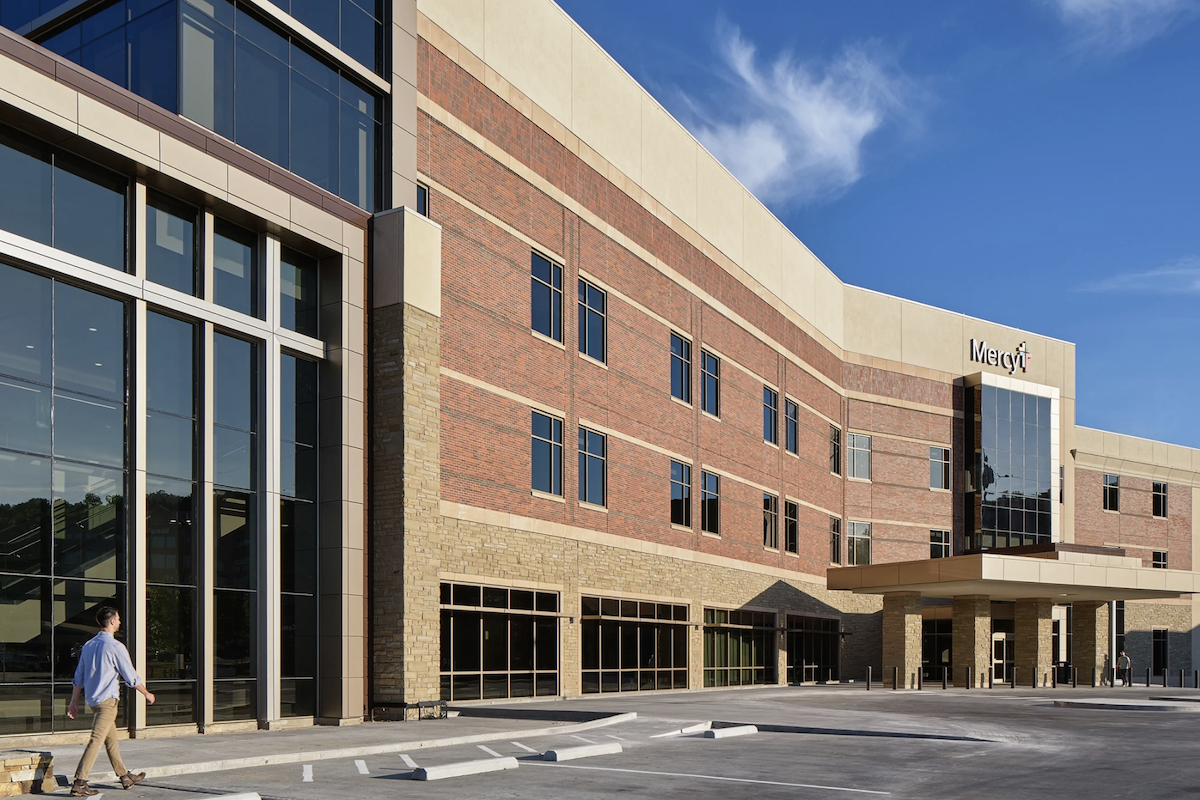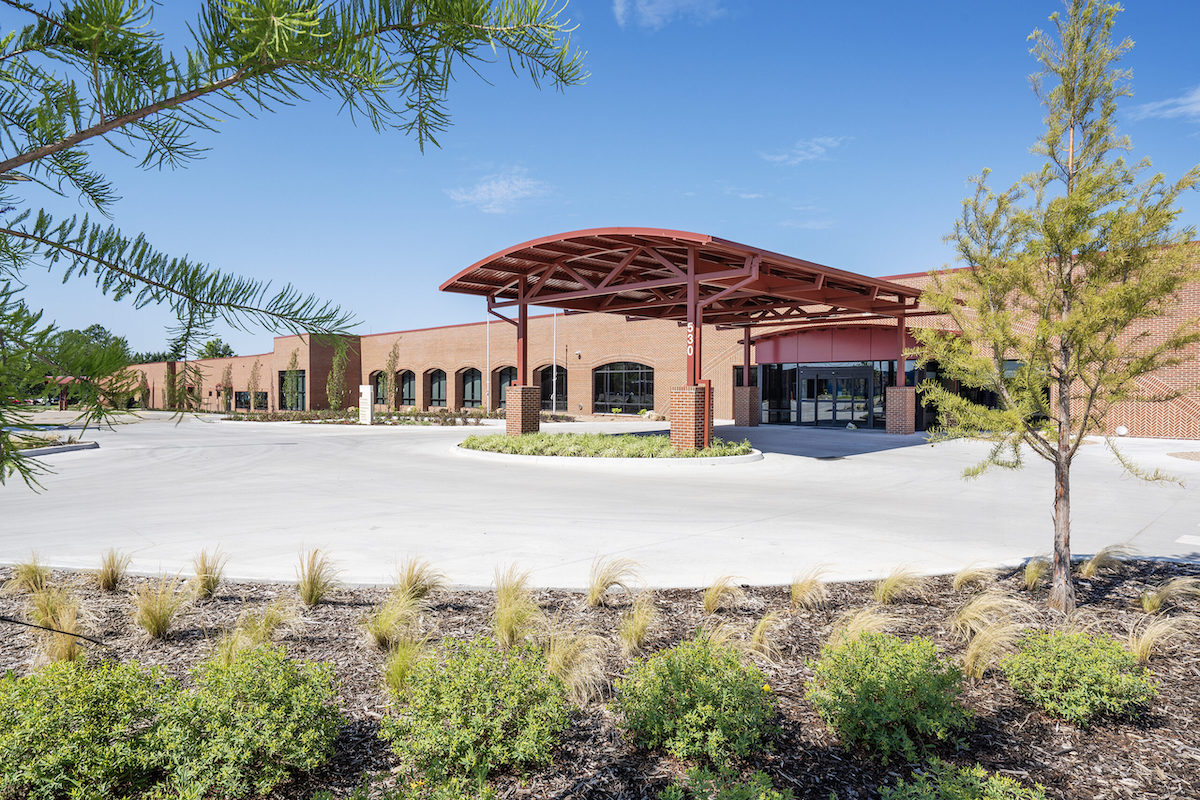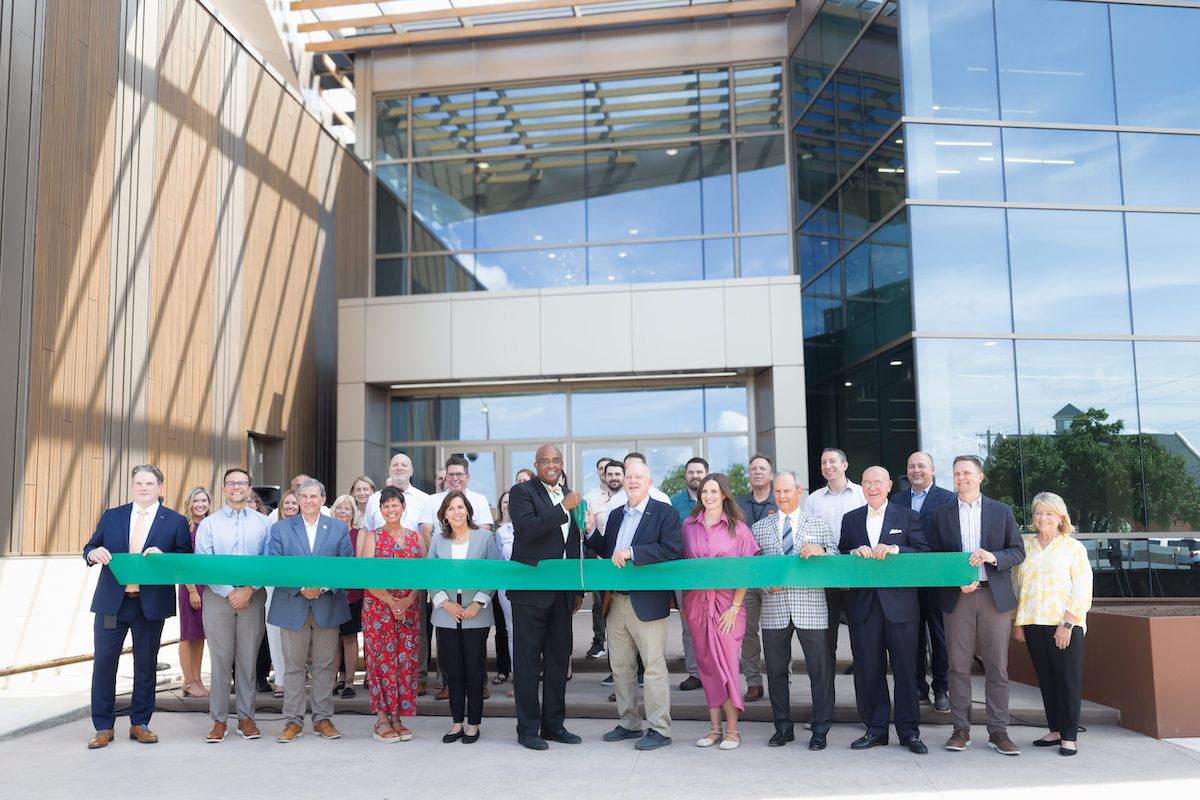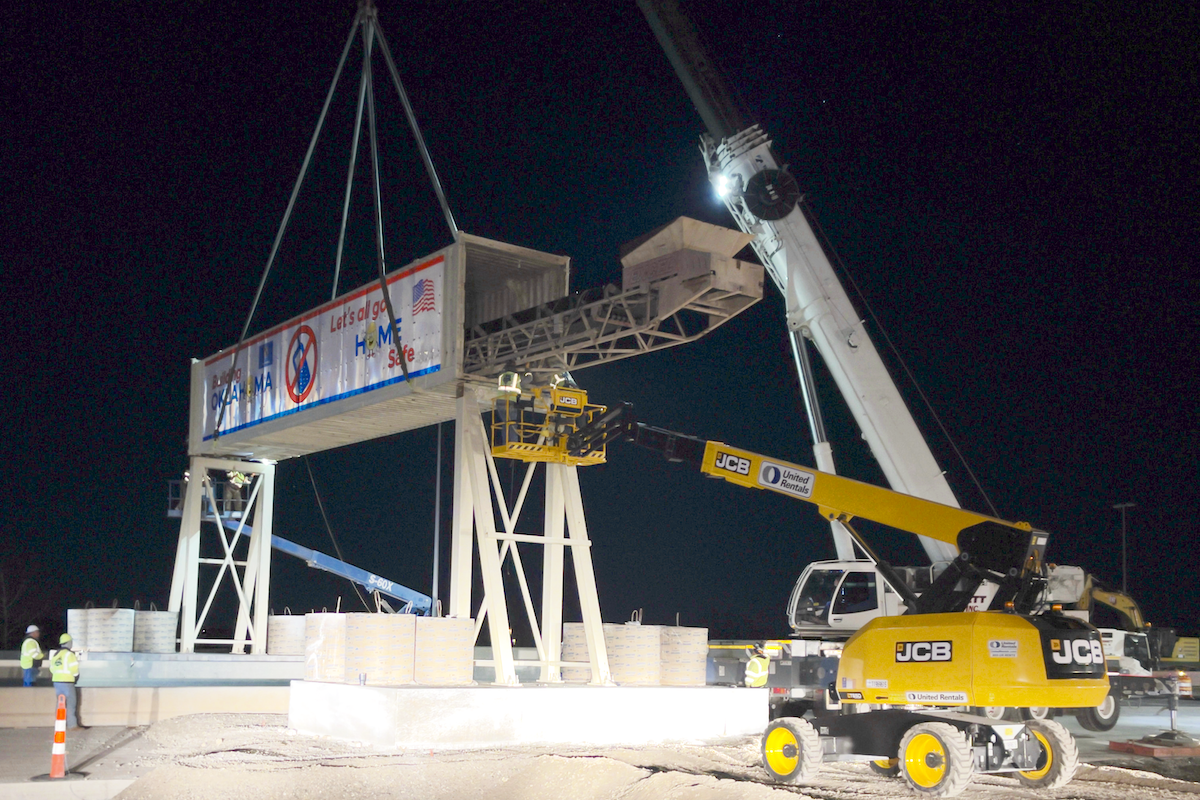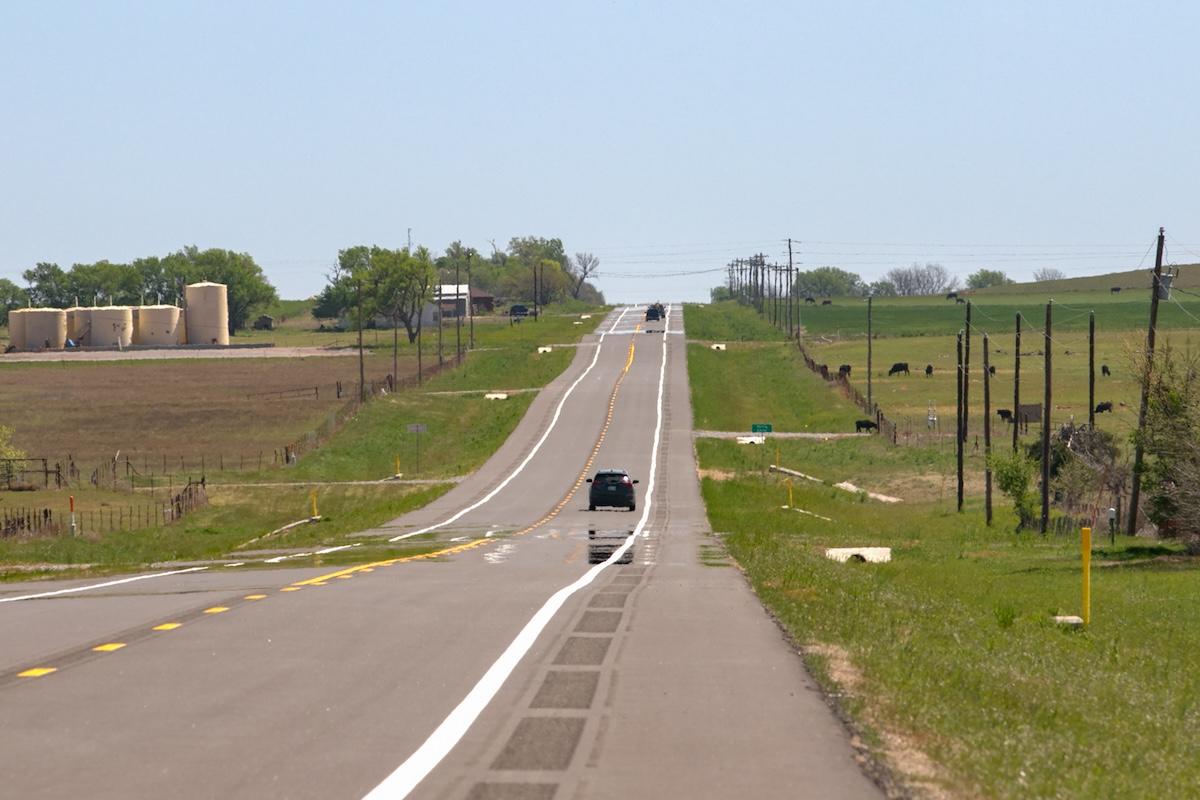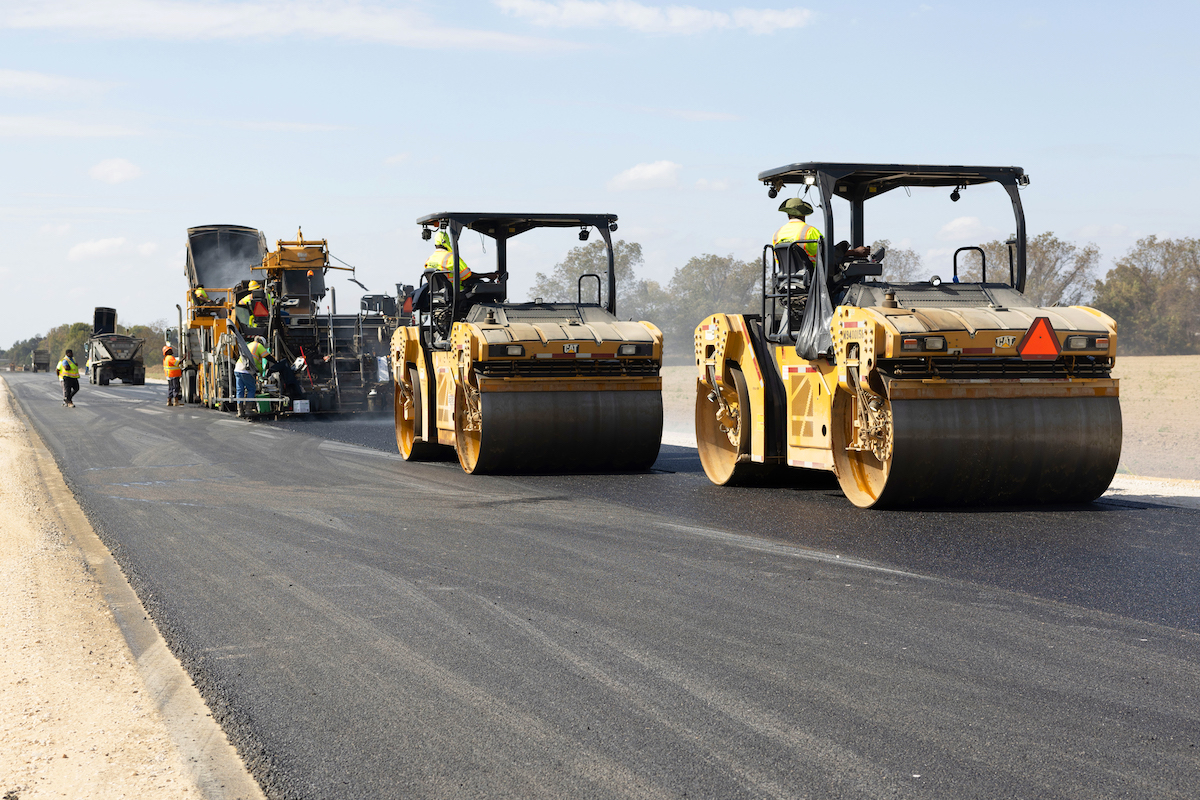“It can continue to be a way to get to the other side of the river, but the bridge is a destination,” says Michael Zeller, CEO of Flying Truss in Kansas City and the visionary who came up with the idea to convert the old bridge into a thriving asset for the city. “Think of it as a steel park across a river.”
Zeller was boating on the Kansas River when he saw the abandoned bridge and an opportunity. He quipped, “someone should put a restaurant on the bridge and call it ‘Chicken on a Bridge.’”
“Inside the joke, was an idea that you could think of a bridge as land,” Zeller recalls. “You could bring utilities out; you could make more land with cantilevers and upper decks.”
After five years and multiple evolutions, that idea will soon become reality. Zeller anticipates up to 2,000 people having fun on the bridge at any given time. “We are putting a spotlight on the river and rebranding it,” he says.

| Your local Komatsu America Corp dealer |
|---|
| WPI |
| Kirby-Smith Machinery |
In 1921, a shorter eastern truss was added after the U.S. Army Corps of Engineers widened the river, bringing the bridge’s length to 702 feet. After the Flood of 1951, the Corps hired L.G. Barcus and Sons of Kansas City, Kansas, to install screw-lift gates, so the bridge could be raised if the river started to flood.
Interestingly, Kansas City, Missouri, bought the bridge and its access easements when expanding parking for the Kemper Arena. “They recognized it had potential,” Zeller says.
Kansas City, Kansas, then purchased it in 2022 to connect its levee trail networks.
Mike Laddin, CFO, and John McGurk, Vice President, joined Zeller and his wife, Liz, at Flying Truss. They secured a 66-year lease for the bridge from the city and formed partnerships with city and state governments. The team has brought together private investors, philanthropic dollars, and public investments to fund the $14 million destination conversion. Flying Truss will repay investors with dividends and the city is repaid through a surtax on bridge-based sales.
“Together, we are achieving something that none could achieve alone,” Zeller said.
The Unified Government of Wyandotte County/Kansas City, Kansas, owns the bridge, with Flying Truss the developer and operator. The state provided a $4 million SPARK grant.
Thornton Tomasetti of Kansas City, Missouri, serves as the structural engineer, and TransSystems, also of Kansas City, Missouri, signed off on bridge loads. Multistudio of Kansas City, Missouri, serves as the architect of record, which designed the project using building information modeling. Sam Loring, Vice President of Multistudio, reports laying out the spaces in multiple different ways before deciding on the final design.
Zeller refers to the approach as a public-private-philanthropic partnership, or a “P4,” which no individual sector could handle on its own. He considers it a blueprint for future renewal projects across the country.
Barcus began work in March 2023, removing old railroad ties and 1,400 linear feet of rails, which will be reused at the bar and seating areas. The project will recycle more than 3 million pounds of steel.
“Railroad bridges are very robust,” Zeller says, “and it was never salted.”
The company used the same lift-gate mechanisms it installed in 1951 to raise the bridge 3.5 feet to its current location, above newly raised levees and the 750-year flood plain. Crews removed the old motors and replaced them with hydraulic motors to turn the existing screw jacks, installed new lifting pins and lubricated the original gears.
“This is a very unique job,” says Daniel Gibson, Vice President of Barcus. “Being able to use those old gears was pretty amazing.”
Crews will place about 400 tons of steel and concrete to form a new platform. New steel beams will cantilever out from both sides of the center truss, creating a 65-foot-wide deck for the 11,000-square-foot entertainment area, with a walking trail to the outside. Some of the new beams are bolted and others welded to the existing trusses.
“We are adding new W sections, between 40 and 65 feet long, and installing them on top of the existing truss structure,” Gibson says.
Barcus will add a 265-foot-long, 47-foot-wide platform above the main level for use as an event space. The company also will install new decks and railings, with train rail as an elevated footrest.
The Rock Island Bridge sits 40 feet above the water. The new upper event deck will sit 50 feet above the river. It will feature a weathertight roof and concrete deck above the entertainment district. There will be space for a local farmers’ market.
The bridge will have consumed 386 tons of steel and 692 cubic yards of concrete during construction. All work took place on the bridge, with no marine operations. Crews take care not to drop anything into the water.
In addition to the construction work, Barcus will remove graffiti from the trusses. As the general contractor, it will oversee construction of dining areas, a kitchen, event spaces, merchandising spaces, walkways, and restrooms.
The restaurants will have a metal skin and steel posts. The event space has 35-foot-tall translucent polycarbonate panel walls. Loring selected industrial materials, such as the galvanized corrugated metal panels, to complement the neighborhood.
On the south side of the bridge, some steel members were extended about 4 feet to carry the utilities such as water, electrical, sewer, and gas. The utility system will be winterized with a heat trace, Loring explains.
Barcus plans to work through the winter. “We’re proud to help Kansas City make something this memorable,” Gibson says.
“By combining the private with public space, a lot of things happen,” Zeller says. “The public space is more activated.”
The High Line Network has invited Rock Island Bridge to join its organization, which commits to creating vibrant public spaces.
The Rock Island Bridge project also serves as a catalyst for revitalization of the area. Developers are building residential units, retail, hotels, and other amenities nearby.
“This is a keystone that ties both sides of the river together,” Zeller says.





















